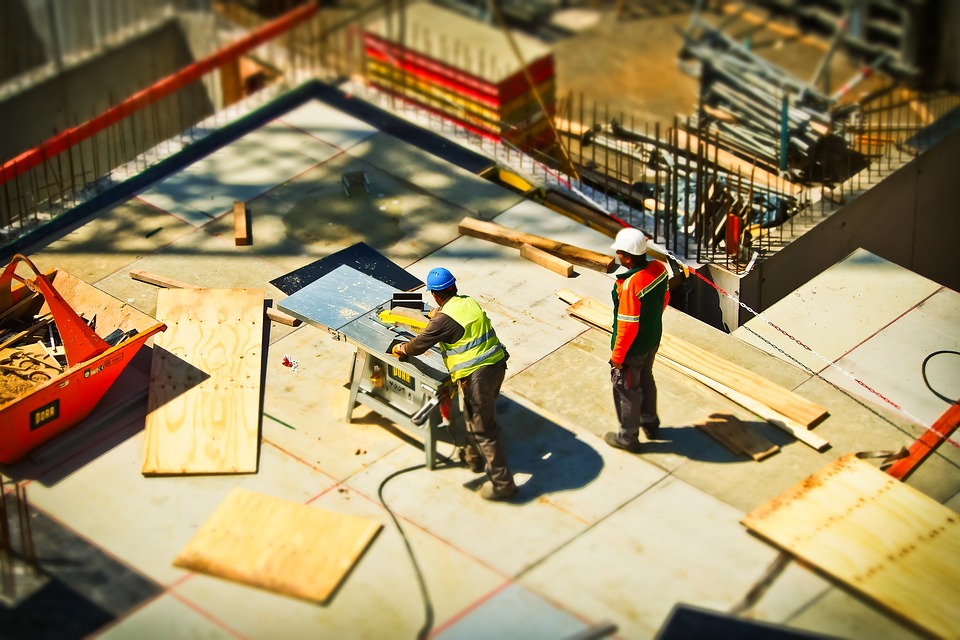Only a little while ago, the Bank of England base rate was at a record low, ultra-cheap mortgages were in abundance and property prices were climbing strongly on the back of soaring demand.
Fast-forward to today and the market looks like a very different place, indeed.
In an article I wrote a few months ago, I warned of an impending slowdown in the UK’s property market. However, the pace at which conditions have changed has taken us all by surprise.
Contact us today to speak with a specialist Commercial Finance Broker to discuss how we can assist you
In those few months, the Bank of England has hiked rates to a high of 3.5%, the economy is heading for recession and, according to surveyors, demand for property is falling. That has had a knock-on effect on house prices, which fell on a monthly basis in October for the first time since July 2021, according to Nationwide’s House Price Index. On top of that, some have predicted a sharp fall in house prices next year, as households grapple with rising mortgage rates and soaring inflation.
But while the outlook may seem gloomy, let’s not forget the fundamentals that underpin the housing market in this country.
The UK is property-obsessed and therefore, while transactions may dip in the short-term, history suggests that the market will recover.
It’s also worth remembering that we, as a country, do not build enough houses. Experts often say we need to build 300,000 new homes a year to keep up with household formation, but we haven’t done that since the 1970s. Until that happens, house prices will continue to be supported by the imbalance between supply and demand.
Read about the UK Housing Market via our Specialist Residential & Buy to Let Division
Another thing to note is that we’ve seen foreign investment in the UK’s property market hold up well, proving that the asset class remains attractive to investors. Softening house prices and a weak pound will actually boost the attractiveness of UK property to foreign investors even further, which might offset lower activity from domestic investors.
If anything, then, I expect the specialist end of the market, such as bridging and development finance, to remain fairly robust, even if activity tails off in the mainstream market. However, that is not to say conditions will remain the same for investors and developers as they had been.
Specialist lenders retain an appetite to lend despite the worsening economic outlook, but it’s clear that developers will have to pay more for finance in the future than they did in the past.
Truth be told, development finance has arguably been artificially cheap for too long, so a correction was due at some point. The rates developers pay have gone up, but with most of the expected increases now priced in, we should see them begin to settle.
Lenders may also want to see proof that developers are controlling costs in a high-inflation environment. That means not overpaying for land and developing good relationships with builders’ merchants to ensure you can lock-in your long-term costs.
However, like I said, I am confident that lenders will not turn off the taps. While they will want to manage the increased risk that comes with a challenging economic environment, they will also want to compete hard for the business that is left.
Although conditions do look challenging, I do believe that the development sector will hold up relatively well in the coming months.
By Guy Murray
Source: Development Finance Today




